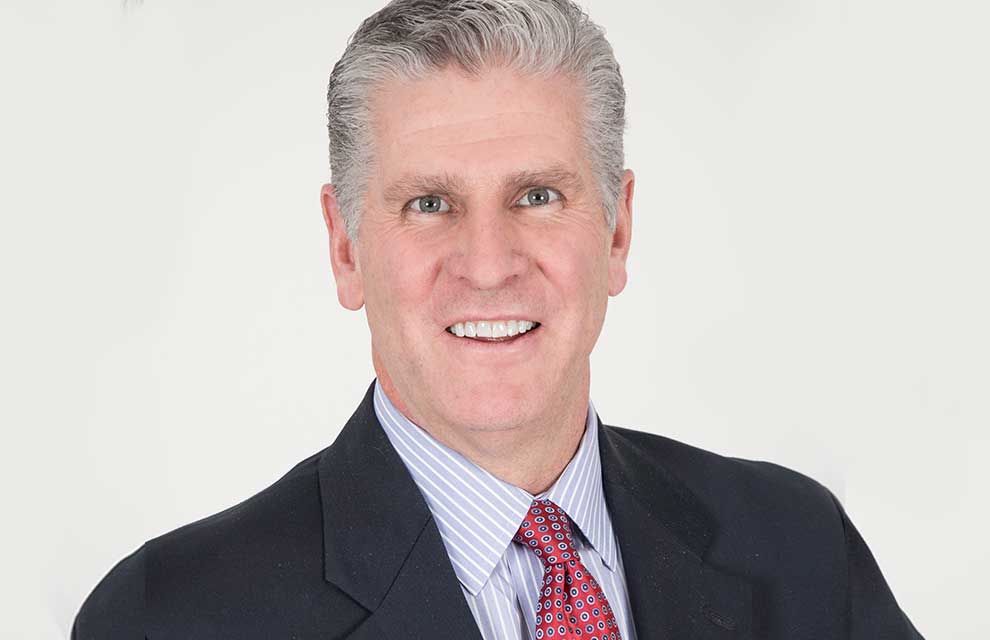Phillip Giles of MSL Captive Solutions discusses how the COVID-19 pandemic could potentially affect self-funded health plans and medical stop-loss captives
It is still quite early to ascertain, with any degree of accuracy, the effects that the coronavirus pandemic will ultimately have on US health plans.
I can, however, offer some initial observations, from my perspective, as to how the pandemic could potentially affect self-funded health plans and medical stop-loss captives.
There is a significant variance in the levels of severity among those that have contracted the virus.
These range from symptoms of a cold or influenza, (requiring nothing more than home confinement), to intensive care hospitalisation for the more severe cases with advanced progression or individuals with compromised immune systems. The first scenario can be minimal in terms of cost while the latter can potentially be very expensive.
Self-funded “plans” themselves will experience a significant impact from COVID-19 as the employer (or plan sponsor) is directly responsible for all claims incurred by the plan. The degree to which the medical stop-loss coverage, including medical stop-loss risk held in a captive, is potentially impacted will be relative to the attachment level of the specific deductible covering the employer’s primary plan risk.
Traditional self-funded plans have two layers; the primary “plan” layer and the medical stop-loss layer.
The plan layer assumes responsibility for all claims incurred by the participants covered under the plan.
The employer pays the claims incurred by the plan and then seeks reimbursement for any larger claims, above a predefined (specific attachment) level from its medical stop-loss carrier or captive.
The industry-wide average specific stop-loss deductible (across all self- funded plans) is approximately $95,000. Most self-funded plans, including the smallest members participating in group medical stop-loss captives, have specific deductibles above $25,000.
From what we know at this stage, this should be well above the total treatment cost of most COVID-19 claims. Most large or complex claims (that would exceed the typical specific medical stop-loss deductible level of a self-funded employer plan) are more likely to come from elderly (retired) individuals, covered under Medicare, rather than from active employees covered by employee benefit healthcare plans.
Again, it is important to distinguish between the Plan layer, assumed directly by the employer, and the MSL layers, assumed by the captive and (re)insurers.
The plan will assume all claims so the effects from COVID-19 at primary coverage layer could be considerable while the impact to medical stop-loss layers (captive or (re)insurer) are likely to be much less significant.
A FEW ALTERNATIVE SCENARIOS
From a stop loss and captive perspective, claim frequency (i.e., aggregate), in addition to claim severity (i.e., specific), should also be considered, especially for smaller self- insureds, group captives and employers having large concentrations of employees in single locations.
The cascading effects of an infectious outbreak within a single employee population could have a significant impact from an aggregate coverage perspective.
Group captives that provide captive aggregate coverage (as opposed to individual plan aggregate) could also see some increased potential to erode the aggregate attachment in the event of a widespread outbreak.
It may also be worth considering that the contraction of an infectious disease if it can be attributed to a work assignment (such as a healthcare worker infected by a patient), may compensable under workers compensation rather than the employer’s self-funded health plan.
Again, it is still early, and there are enough variables to prevent us from fostering a consistent degree of certainty in terms of how much impact coronavirus will have on medical stop-loss captives and (re)insures. Employer exposure at the primary plan level is likely to experience a significant direct impact. While some medical stop-loss captives may have some increased aggregate exposure, my belief is that most specific attachments are probably set well above most coronavirus claim levels. In short, the primary plan will experience some financial duress while the typical captive excess layers are probably set high enough to avoid significant impact.





